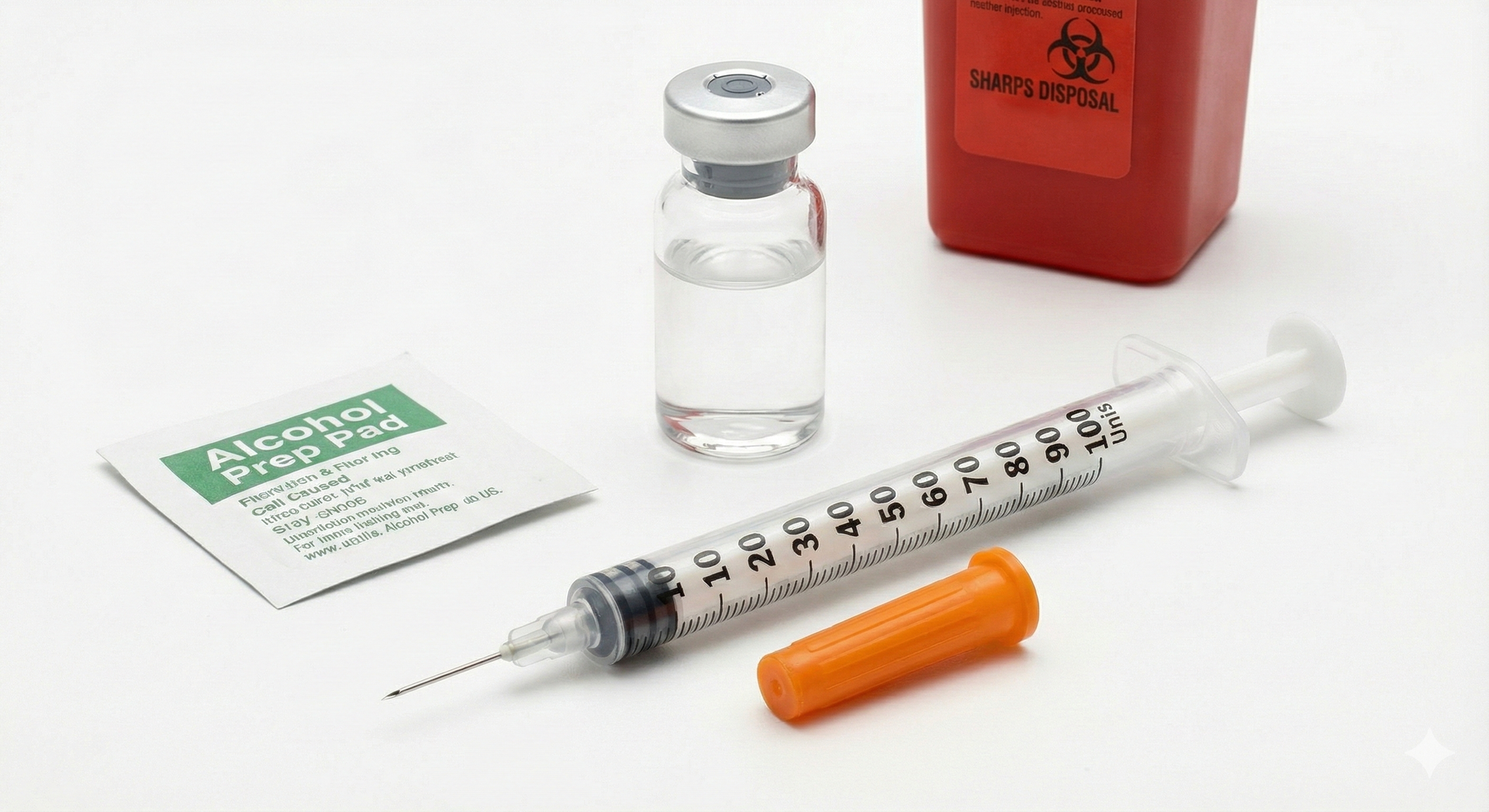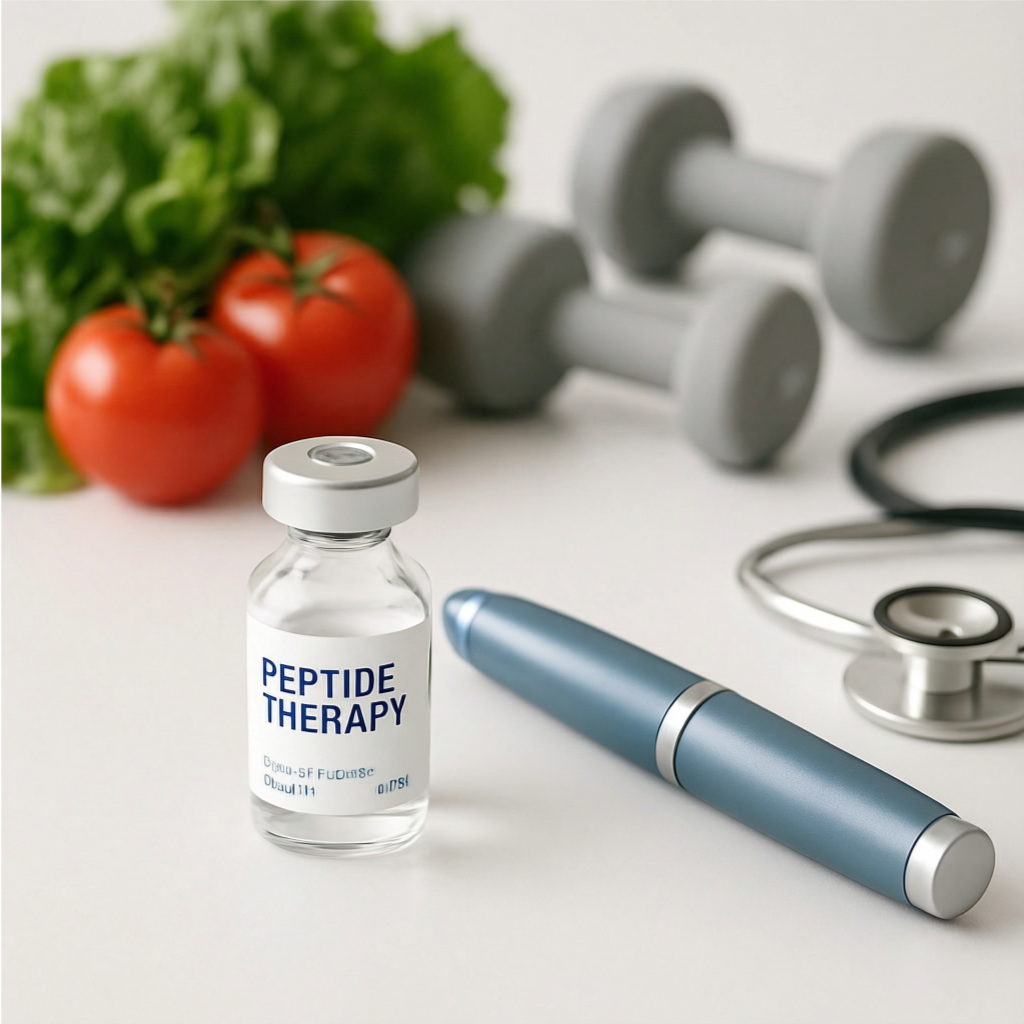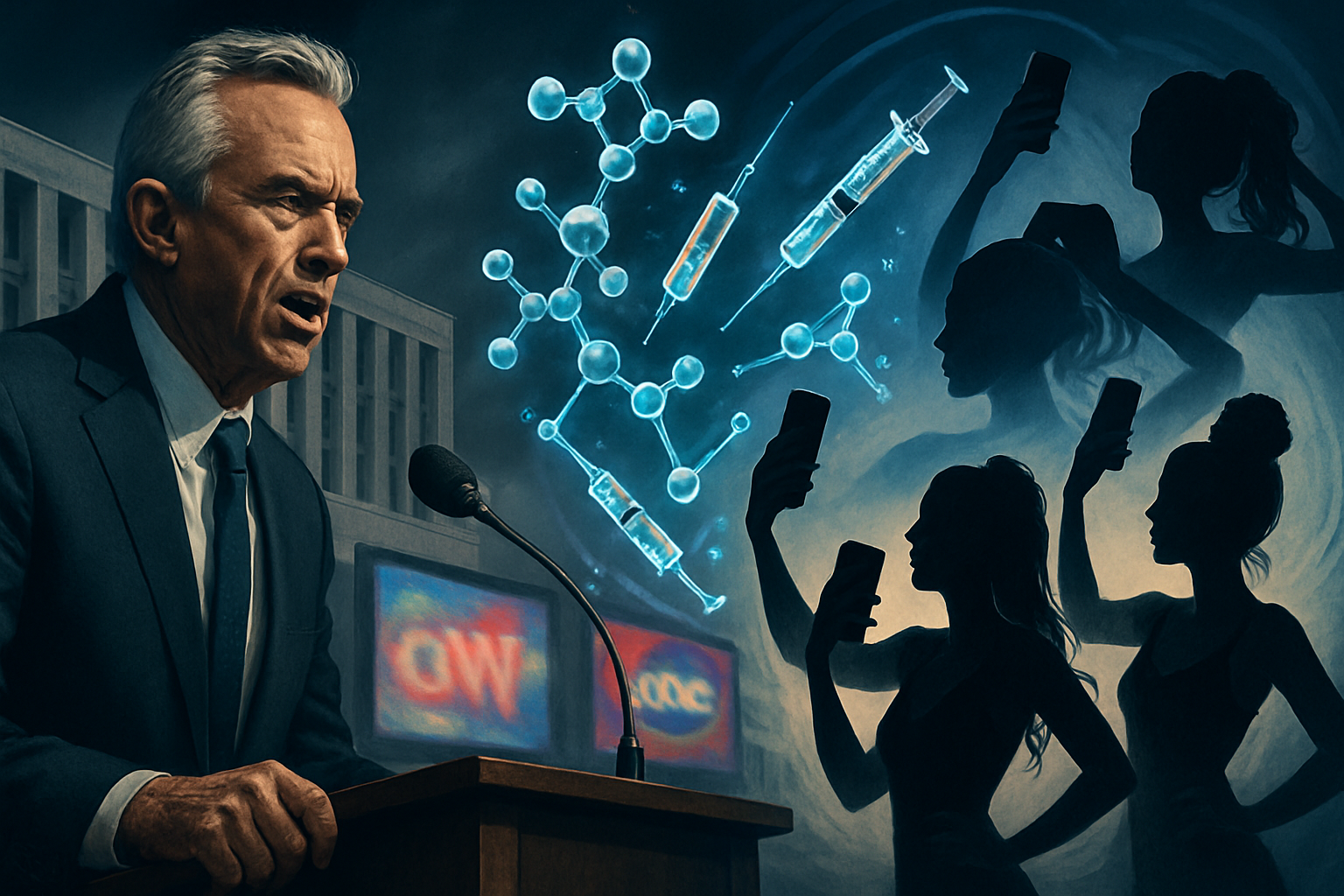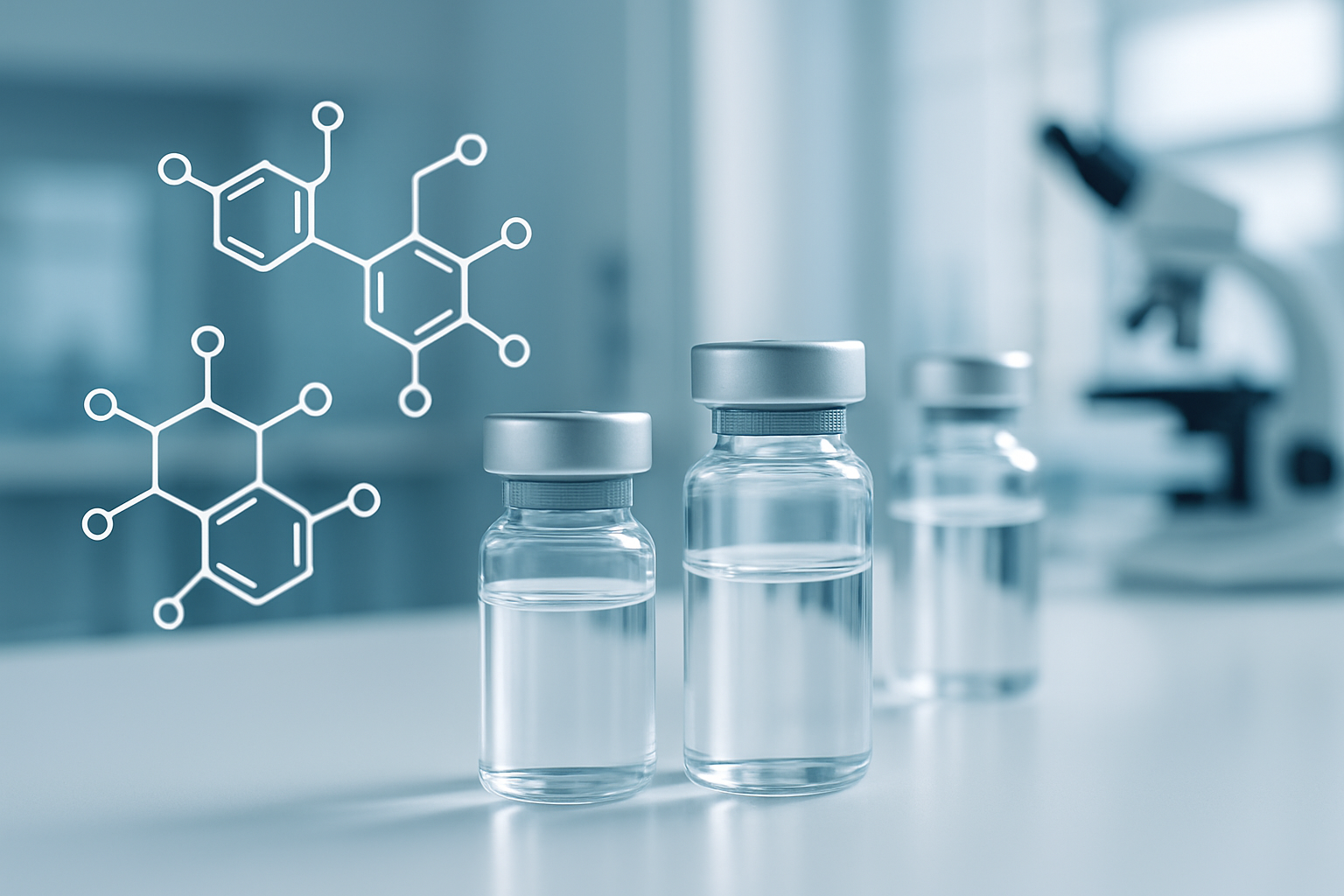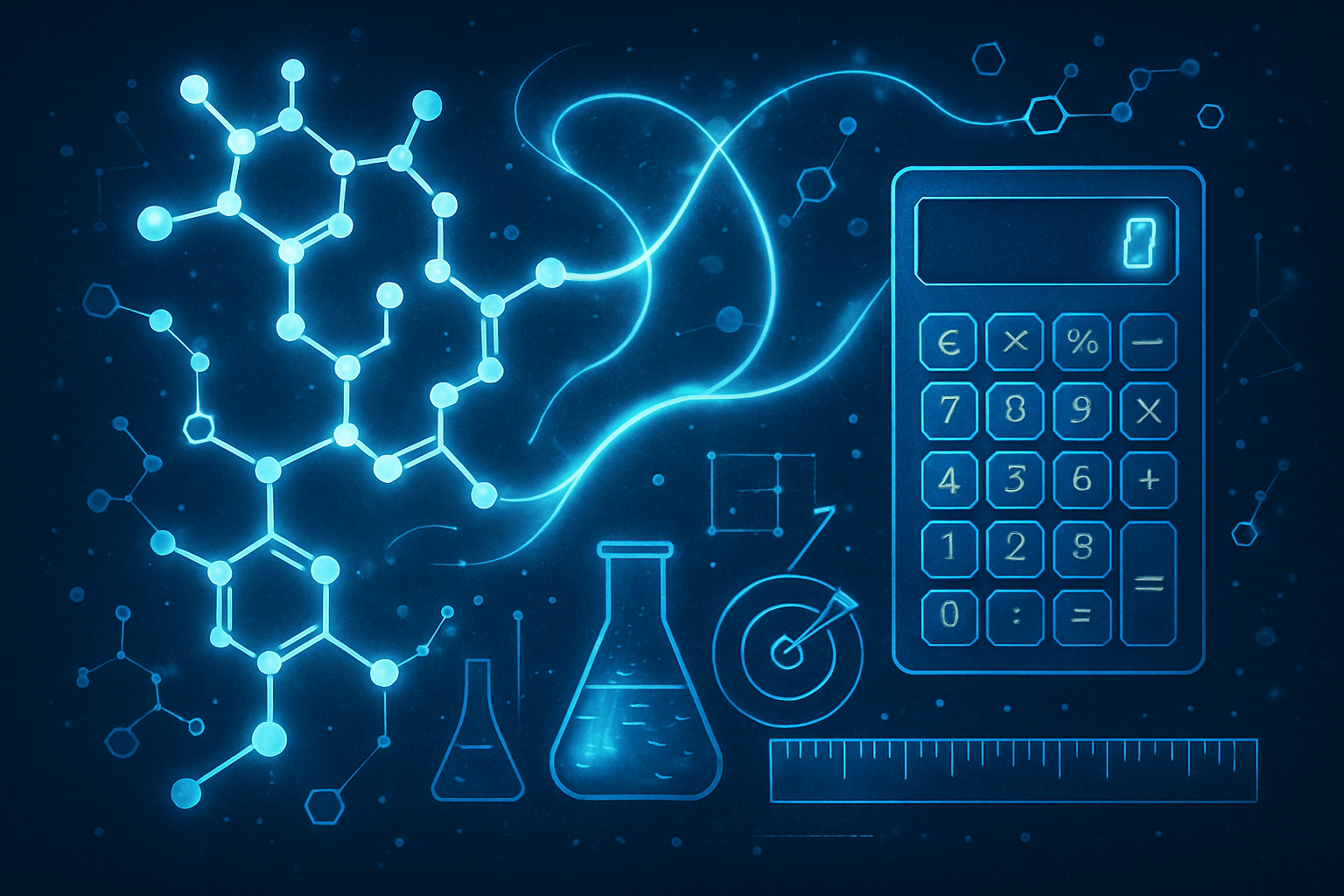The Ultimate Guide to NAD+: Your Body's Master Energy Molecule
Why Your Energy Declines with Age and What You Can Do About It

Have you ever wondered why you don't bounce back from all-nighters like you used to? Or why does your energy seem to tank as the years go by? The answer might lie in a tiny but mighty molecule called NAD+—and the fascinating science behind how it keeps our bodies running like well-oiled machines.
What Exactly Is NAD+?
Think of NAD+ as your cellular currency. Just like you need money to buy things, your cells need NAD+ to power virtually every important biological process. This remarkable molecule—technically called nicotinamide adenine dinucleotide—exists in two forms: NAD+ (the "charged" version that accepts electrons) and NADH (the "spent" version that donates them back).
But here's what makes NAD+ truly special: it's involved in literally hundreds of enzymatic reactions in your body. Without adequate NAD+, your cells would essentially go bankrupt.
The Many Jobs of NAD+: More Than Just Energy
Powering Your Cellular Engines
Your mitochondria—those tiny powerhouses in every cell—absolutely depend on NAD+ to convert the food you eat into ATP, the energy your body actually uses. Whether you're thinking, walking, or even sleeping, NAD+ is quietly orchestrating the complex dance of cellular respiration that keeps you alive.
Your Body's DNA Repair Crew
Every day, your DNA takes a beating from environmental toxins, UV radiation, and normal cellular processes. Fortunately, you have molecular repair crews called PARP enzymes that fix this damage—but they need NAD+ as fuel. Without enough NAD+, these repairs slow down, potentially accelerating aging and increasing disease risk.
The Longevity Connection
Perhaps most intriguingly, NAD+ activates a family of proteins called sirtuins (SIRT1-7) that researchers have dubbed "longevity proteins." These molecular switches help regulate everything from gene expression to inflammation to stress resistance. When sirtuins are active, cells become more resilient and better at maintaining themselves.
Beyond Energy: The Surprising Roles
NAD+ also plays crucial roles in:
- Regulating your sleep-wake cycle
- Supporting proper muscle and nerve function
- Modulating your immune system's responses
- Maintaining calcium balance in cells
The Aging Dilemma: Why NAD+ Declines
Here's the sobering reality: by middle age, your NAD+ levels have dropped by roughly 50%. This isn't just a number—it's a fundamental shift that affects how well your body functions.
Why does this happen? Three main culprits:
- Increased Demand: As we age, our cells accumulate more damage, requiring more NAD+ for repairs. Chronic inflammation also burns through NAD+ reserves faster than they can be replenished.
- Decreased Production: The enzymes responsible for making NAD+ (particularly one called NAMPT) become less efficient over time.
- Enhanced Destruction: An enzyme called CD38, which breaks down NAD+, becomes more active as we age, essentially accelerating the depletion process.
The Potential Benefits: What Research Shows
The scientific literature on NAD+ is expanding rapidly, with studies suggesting some remarkable possibilities:
Anti-Aging and Longevity
Research has shown that restoring NAD+ levels can improve mitochondrial function and activate longevity pathways. In animal studies, NAD+ boosters have been linked to extended lifespan and improved healthspan.
Brain Health and Cognitive Function
Studies suggest NAD+ may offer neuroprotection, potentially guarding against Alzheimer's and Parkinson's disease while supporting memory and focus. The brain, being incredibly energy-hungry, seems particularly sensitive to NAD+ availability.
Physical Performance and Recovery
Athletes and fitness enthusiasts are increasingly interested in NAD+ because research indicates it can improve exercise endurance and mitochondrial efficiency. Some studies have shown benefits for muscle function and recovery.
Cardiovascular Wellness
NAD+ appears to support healthy blood vessel function and may help maintain cardiovascular health as we age. Research published in Science (Yoshino et al., 2021) demonstrated improved vascular health in older adults.
Metabolic Health
Emerging research suggests NAD+ may play a role in managing metabolic disorders, including obesity and diabetes, by improving cellular energy efficiency and reducing inflammation.
Natural Ways to Support NAD+ Levels
Before diving into supplements, it's worth noting that lifestyle interventions can significantly impact your NAD+ status:
Exercise: Your Best Investment
High-intensity interval training and resistance exercise have been shown to boost NAD+ levels naturally. Research by Costford et al. in Cell Metabolism (2010) demonstrated that exercise increases NAMPT, the key enzyme in NAD+ production.
Strategic Fasting
Intermittent fasting and time-restricted eating can enhance NAD+ recycling by activating cellular cleanup processes. Studies suggest that 12-16 hour fasts activate sirtuins and support NAD+ metabolism (Canto et al., Cell Metabolism, 2012).
Dietary Approaches
A ketogenic diet may indirectly support NAD+ levels by reducing the activity of NAD+-consuming enzymes. The ketone body beta-hydroxybutyrate appears to inhibit CD38, the enzyme that breaks down NAD+.
The Supplement Landscape: Precursors and Boosters
Several compounds can serve as building blocks for NAD+ production:
- Nicotinamide Riboside (NR): This has been the most extensively studied in humans, with clinical trials showing it can safely raise NAD+ levels. Research suggests doses of 250-500mg daily are well-tolerated.
- Nicotinamide Mononucleotide (NMN): Another promising precursor, though with less human data than NR. Studies suggest it may offer benefits for vascular health and metabolic function.
- Traditional B3 Vitamins: While less efficient than newer precursors, forms of vitamin B3 like nicotinamide and niacin can contribute to NAD+ production, though niacin can cause uncomfortable flushing at higher doses.
Supporting Players
Some compounds may help preserve NAD+ by blocking its breakdown:
- Quercetin and apigenin (found in foods like onions and chamomile) may inhibit CD38, the NAD+-degrading enzyme
- Research by Camacho-Pereira et al. in Cell Metabolism (2016) showed these compounds can help preserve NAD+ levels
The Safety Question: What We Know About Risks
As with any intervention that affects fundamental cellular processes, questions about safety naturally arise. The good news is that human trials with NAD+ precursors have generally shown them to be well-tolerated, with mild side effects like flushing being the most common complaints.
However, researchers have raised some theoretical concerns worth considering:
The Cancer Question
Some animal studies have suggested that boosting NAD+ might potentially fuel existing tumors, since cancer cells also rely on NAD+ for energy and DNA repair. A study by Yoshino et al. in Cell Metabolism (2018) found that NR supplementation accelerated melanoma growth in mice with existing tumors.
However, it's crucial to note that:
- No human studies have shown NAD+ boosters cause cancer
- The effects likely depend on individual circumstances and cancer type
- For healthy individuals, the theoretical risk appears minimal
- The research is ongoing, and expert opinions vary
The Balanced Perspective
Dr. David Sinclair from Harvard acknowledges the theoretical risks but argues that NAD+ boosters are likely safe for healthy individuals. Dr. Charles Brenner, who discovered NR, emphasizes that these compounds don't cause cancer in normal cells but advises caution for those with existing tumors.
Age-Specific Strategies: Tailoring Your Approach
Your NAD+ optimization strategy should evolve with your age and health status:
Young Adults (20-35)
Focus on building healthy habits: regular exercise, good sleep, and stress management. Light supplementation (100-250mg NR) might be useful for recovery and performance, but lifestyle factors matter most.
Middle Age (36-50)
As NAD+ begins declining, consider combining lifestyle interventions with moderate supplementation (250mg NR or NMN daily) along with compounds like quercetin that help preserve existing NAD+.
Mature Adults (50-65)
Higher doses (500mg NMN or 300mg NR) might be beneficial, combined with comprehensive lifestyle approaches including regular fasting periods and consistent exercise.
Seniors (65+)
Focus on maintaining muscle mass and cognitive function with careful supplementation (500-750mg NMN) while prioritizing safety and working with healthcare providers.
The Bottom Line: Promises and Realities
NAD+ represents one of the most exciting frontiers in aging research, with solid scientific foundations and growing human evidence. The molecule's central role in energy production, DNA repair, and cellular maintenance makes it a compelling target for those seeking to optimize their healthspan.
However, it's important to maintain realistic expectations. While the research is promising, we're still in the early stages of understanding how to best harness NAD+'s potential. The most prudent approach combines evidence-based lifestyle interventions with careful, moderate supplementation when appropriate.
Most importantly, NAD+ isn't a magic bullet. The fundamentals of healthy aging—regular exercise, quality sleep, stress management, and a nutritious diet—remain the foundation upon which any anti-aging strategy should be built.
As research continues to unfold, we'll undoubtedly learn more about how to optimize this crucial molecule safely and effectively. For now, the science suggests that supporting your body's NAD+ levels, whether through lifestyle or supplementation, may be one of the most impactful investments you can make in your long-term health and vitality.
Always consult with a healthcare provider before beginning any supplementation regimen, especially if you have existing health conditions or are taking medications.

